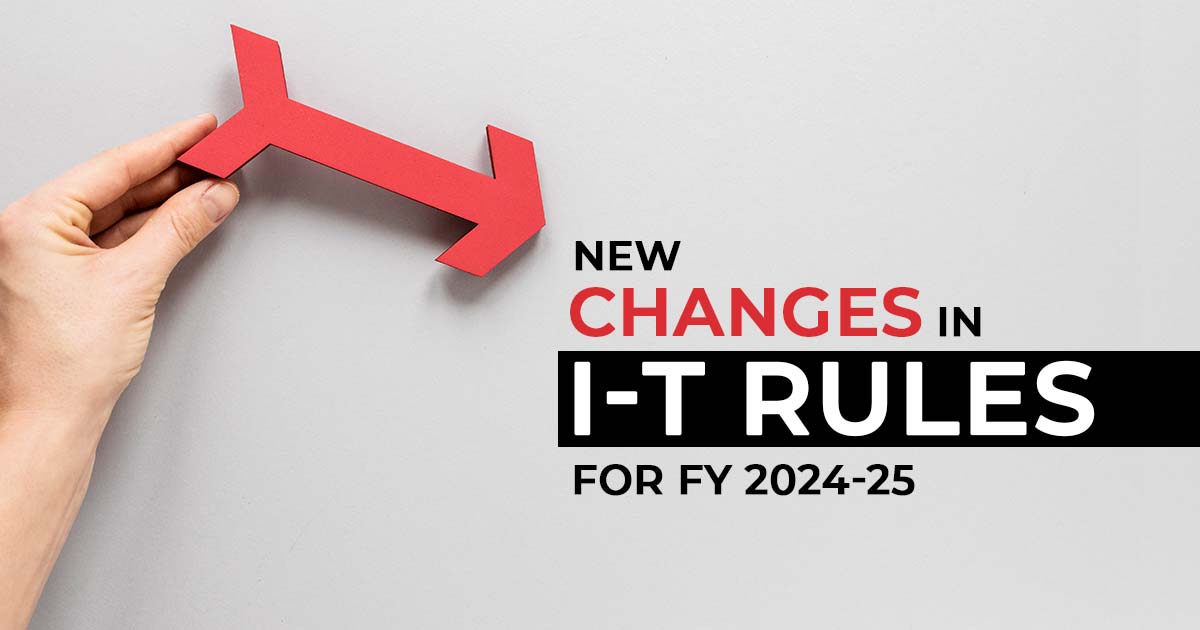
India’s Finance Minister, Smt. Nirmala Sitharaman has presented distinct new income tax rule modifications in the budget 2023. There will be certain significant modifications with the start of the new fiscal year (FY 2024-25). From April 1, 2024, such revisions shall be implemented. From April 1, 2024, the corresponding changes, will add new regulations or reforms to the existing ones.
There are several new income tax changes in the Union Budget 2024-25. Some have already started, and some of them are still being worked on. Below is the list of the tax changes that will take effect on 1st October 2024.
Main Key Changes in Income Tax That Will be Effective 1st Oct 2024
In the Union Budget 2024 Finance Minister Nirmala Sitharaman presented various revisions in the income tax. Some of which will come into force from October 1, 2024. The same amendment is to the Aadhaar card policy, Securities Transaction Tax (STT), TDS, and a modified version of the Vivad Se Vishwas Scheme. Under the official announcement, the revision has the motive to facilitate the process of tax and resolve problems like PAN misuse. Below is the breakdown of what would get amended-
Floating TDS Rate On Bonds
From October 1, a new Tax Deducted at Source (TDS) rate of 10% would be introduced on income from central and state government bonds, along with floating rate bonds. No TDS would get deducted if the total income via such bonds is lower than Rs 10,000 in a fiscal year. The updated regulation wraps floating rate savings bonds.
Vivad Se Vishwas Scheme 2024
Under the Vivad Se Vishwas Scheme, taxpayers from October 1 can solve the current tax disputes. The scheme was introduced in 2020 and has been updated in the 2024 budget to cover the left disputes as of July 22, 2024. The same shall assist the assessees to solve the disputes of tax, interest, penalties, and fees pending before appellate bodies, high courts, or the Supreme Court.
Amendment to Aadhaar Card Rules
Individuals From October 1, 2024, will no longer be permitted to use their Aadhaar Enrolment ID rather than their Aadhaar number when applying for a PAN card or filing an income tax return (ITR). The amendment has the objective to prevent PAN misuse ensuring effective precision. The Aadhaar usage for tax-related cases has been obligatory since July 1, 2017, u/s 139AA of the Income Tax Act.
Lower TDS Rates Payments u/s 19DA, 194H, 194-IB, and 194M
For the specific payments, the budget has lessened TDS rates. under sections 19DA, 194H, 194-IB, and 194M the payments will be as per the lower TDS rate of 2%. From the earlier 5% rate the same is reduced. The TDS rate for e-commerce transactions has been reduced from 1 to 0.1 per cent.
Read Also: A Brief Study of Newly Added TDS Section 194M
Share Buybacks Taxes
Starting October 1, a new regulation will transfer the obligation to pay taxes on share buybacks from corporations to their shareholders. As per the same regulation the tax would get charged on the buyback proceeds for the shareholders, identical to how dividend gets charged to taxes. The same seems to impact the company’s buyback methods and the way they distribute returns to shareholders.
Securities Transaction Tax (STT)
Starting in October the STT on futures and options (F&O) trading will increase. On futures trading the tax would be increased to 0.02% and the tax on options trading would surge to 0.1%. The tax on the sale of options would get surged to 0.1% from 0.0625%. On the grounds of the taxable income of the shareholders, the income made via share buybacks would indeed get imposed to tax.
Latest Changes in the Income Tax Slab Rates
As per the announcement incurred under the budget the amended income tax slab rate applies to the new tax regime. The corresponding revisions from 1st April 2024 are been shown below:
| Total Income | Rate of Tax |
|---|---|
| INR 0 to INR 3,00,000 | 0% |
| INR 3,00,001 to INR 6,00,000 | 5% |
| INR 6,00,001 to INR 9,00,000 | 10% |
| INR 9,00,001 to INR 12,00,000 | 15% |
| INR 12,00,001 to INR 15,00,001 | 20% |
| Above INR 15,00,000 | 30% |
Note: The government official Finance Minister Nirmala Sitharaman has announced that changes to the income tax slab rates after the national elections are untrue. She called these reports ‘pure speculation’. read more
Benefits of Execution of the New Tax Regime
Below are the benefits of the new tax regime for the taxpayers-
- From April 1, 2024, the income tax rule changes specified that taxpayers can get freed of complicated tax planning since such revisions seek to facilitate tax planning.
- Through the introduction of the new tax regime, the assessees are not required to maintain a track record of travel tickets and rent receipts.
- From April 1, 2024, with the introduction of the income tax rule changes the basic exemption limit has been boosted from Rs.2.5 lakhs to Rs.3 lakhs. This augmented exemption limit makes the novel tax regime more appealing.
Note- The highest tax rate, i.e., 30%, will be charged on income of more than Rs.15 lakhs.
Revisions in the Surcharge Rate
- Just for those taxpayers who opt for the new tax regime and secure an income of more than Rs 5 crore the reduction surcharge rate is valid.
- The start of the new tax regime directed the reduction in the surcharge rate from 37% to 25%. The same shall apply to individuals with an income of more than Rs 5 crores.
According to the new tax regime the following table depicts the updated surcharge rate-
| Limit of Taxable Income | Surcharge Rate on the Income Tax Value | |
|---|---|---|
| Before the Budget 2023 | After the Budget 2023 | |
| Less than INR 50 lakhs | 0% | 0% |
| INR 50 lakhs to INR Crore | 10% | 10% |
| INR 1 Crore to INR 2 Crore | 15% | 15% |
| INR 2 Crore to INR 5 Crore | 25% | 25% |
| Greater than INR 5 Crore | 37% | 25% |
Modification in the Limit of Tax Rebate
The rebate limit shall surge with the start of the new tax regime. Rs 12500 is the applicable tax rebate limit for income up to Rs 5 lakhs under the old tax regime. The same rebate shall get surged to Rs 25,000 under the new tax regime if the taxable income is less than or equal to Rs.7 lakhs.
Under both income tax regimes section 87A rebate is applicable. The taxable limit is been surged to Rs 7 lakhs from Rs 5 lakhs in the budget announcement under the new tax regime.
Standard Tax Deduction
Rs.50,000 is the standard deduction under both the old and the new regime for salaried individuals.
Additional Tax Deductions Newly Added Under NTR
- Deduction of the amount paid or deposited in the Agniveer Corpus Fund under Section 80CCH(2).
- Deduction from family pension income of Rs.15,000 or 1/3rd of the pension (whichever is lower).
No Income Tax Applies for Income to INR 7 lakhs
- The income tax will be first calculated as per slab rates on computing the taxes. The rebate shall get deducted from the final tax amount lastly reducing the same to zero.
- As per the new tax regime, the standard deduction of Rs. 50,000(for salaried individuals) was introduced. Therefore, a taxpayer(receiving salary) with income less than or equal to Rs. 7.5 lakhs is not required to file the tax if they choose for the new tax regime.
- Under the new tax regime in Budget 2023, a tax rebate was introduced on an income less than or equal to Rs. 7 lakhs. It implies that taxpayers who choose the new tax regime don’t have to pay tax if their income doesn’t exceed Rs. 7 lakhs. Therefore, it is mentioned that no income tax applies to income up to Rs. 7 lakhs.
Tax Exemption on Leave Encashment
You will receive an exemption on leave encashment under the new tax regime. The exemption limit in the budget 2023 for leave encashment was raised 8 times i.e. from Rs lakhs to Rs. 25 lakhs for non-government employees. As per Section 10(10AA), the leave encashment amounting to Rs. 25 lakhs is free from tax, at the time of retirement.
Let’s Switch Back to the OTR
- The new income tax regime will be valid as the default tax regime from FY 2023-24.
- Submitting a form (Form 10-IEA) is important while filing the tax return, if you plan to switch back to the old tax regime.
- On the type of your income, the frequency of switching between old and new tax regimes depends. If the same is professional or business income then you can switch between the old and new tax regime only at one time in your life. However, if the type of income is other than professional/business income then you could switch between the old and the new tax regimes for a year.
Life Insurance Policies
- Situations emerged where the taxpayers misused this exemption by investing in policies with high premium offerings and asking for higher tax exemptions. Therefore, under the new tax regime, the amount received through the life insurance policies will levied to tax if the yearly premium reimbursed exceeds Rs. 5 lakhs in a year.
- From April 1, 2023, as per the Budget 2023 announcement, the earnings from life insurance policies with a yearly premium of over Rs. 5 lakhs will be taxable to the policyholder. On the Unit Linked Insurance Plans (ULIPs) the related income tax rule revisions shall not be applicable.
- From the life insurance policy, the amount received is tax-deductible till the premiums reimbursed on the policy do not exceed 10% of the sum assured.
Modifications in the Tax Presumptive Scheme
Tax council furnishes the presumptive scheme of taxation which is an easier method to calculate the taxable income for specific eligible businesses or professions. The taxpayers in this scheme are permitted to show the income at a specified rate built on specific presumptions instead of maintaining detailed books of accounts and experiencing complex calculations. In both the old and new tax regimes the same presumptive tax scheme functions.
| Type of Category | Turnover Receipts Before Budget 2023 | Turnover Receipts After Budget 2023 |
|---|---|---|
| Small Business Owners (as per Section 44AD) | INR 2 Crore | INR 3 Crore |
| Specified Professionals (such as lawyers, doctors, freelancers, engineers, interior decorators, etc. (as per Section 44ADA) | INR 50 lakhs | INR 75 lakhs |
The limit rise will be subject to 95% of the receipts, which should be via online modes.
Top Frequently Asked Questions(FAQs) About New Tax Regime
Q.1 – What is the method to opt between the old and new tax regime?
Through the income tax calculator, it is simpler to calculate the tax that shall be saved under each of these regimes. You could opt for the tax regime that furnishes the majority of advantages.
Q.2 – Can under section 80C tax benefits be claimed as per the revised tax regime?
No, you can’t claim tax benefits (under section 80C) if you choose the new tax regime.
Q.3 – Are under the new tax regime investments made in PF and VPF tax deductibles?
No, under section 80C investments such as VPF and PF are deductible. However, under the new tax regime, this deduction is not applicable.
Q.4 – Will the amount from the Agniveer Corpus Fund amount be tax deductible in old and new tax regimes?
Under both the old and new tax regimes (according to Section 10(12C) Agniveer Corpus Fund withdrawals are waived from tax. The individuals can make the funding to the Agniveer Corpus Fund who have joined the Agnipath scheme. Also, equal contributions shall be made by the government. From the income these two contributions shall be tax deductible under new section 80CCH. Under the recently introduced section 10(12C) the amount received at the termination of your tenure will be waived from tax.





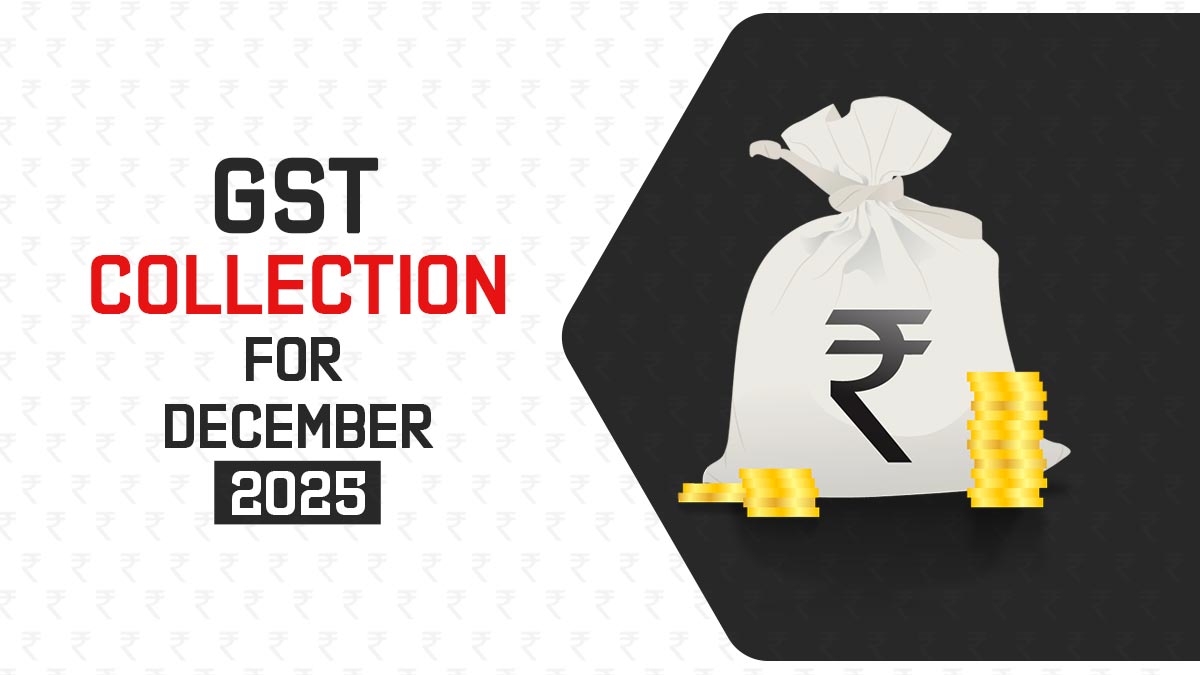
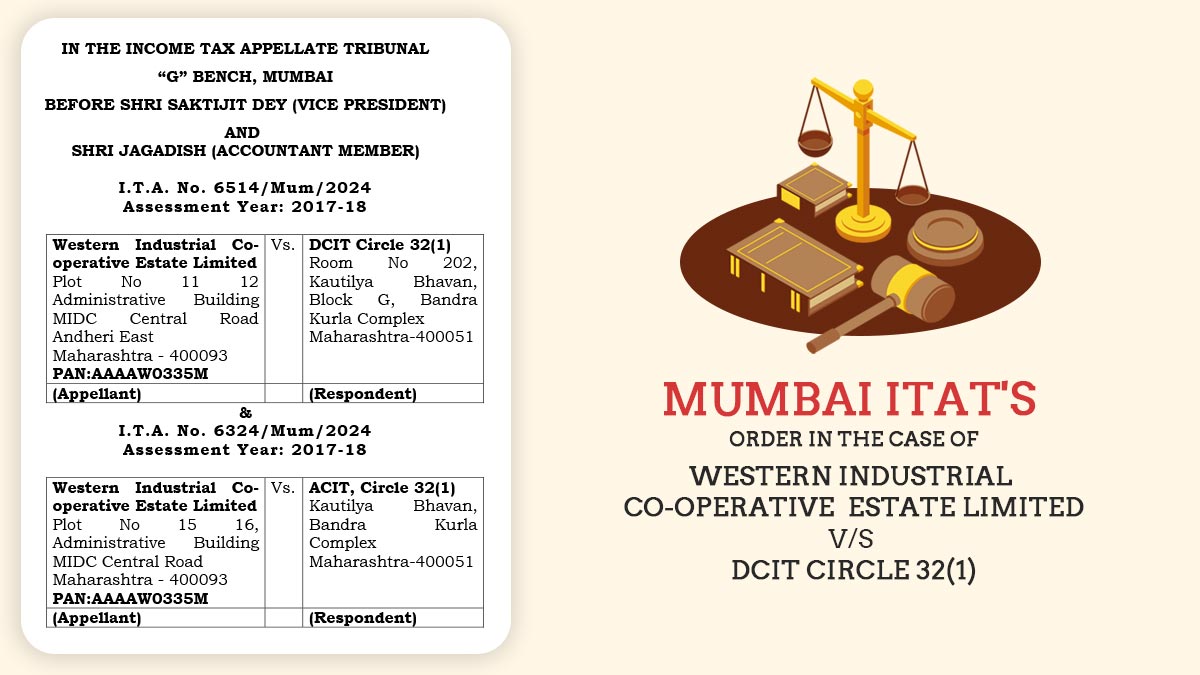
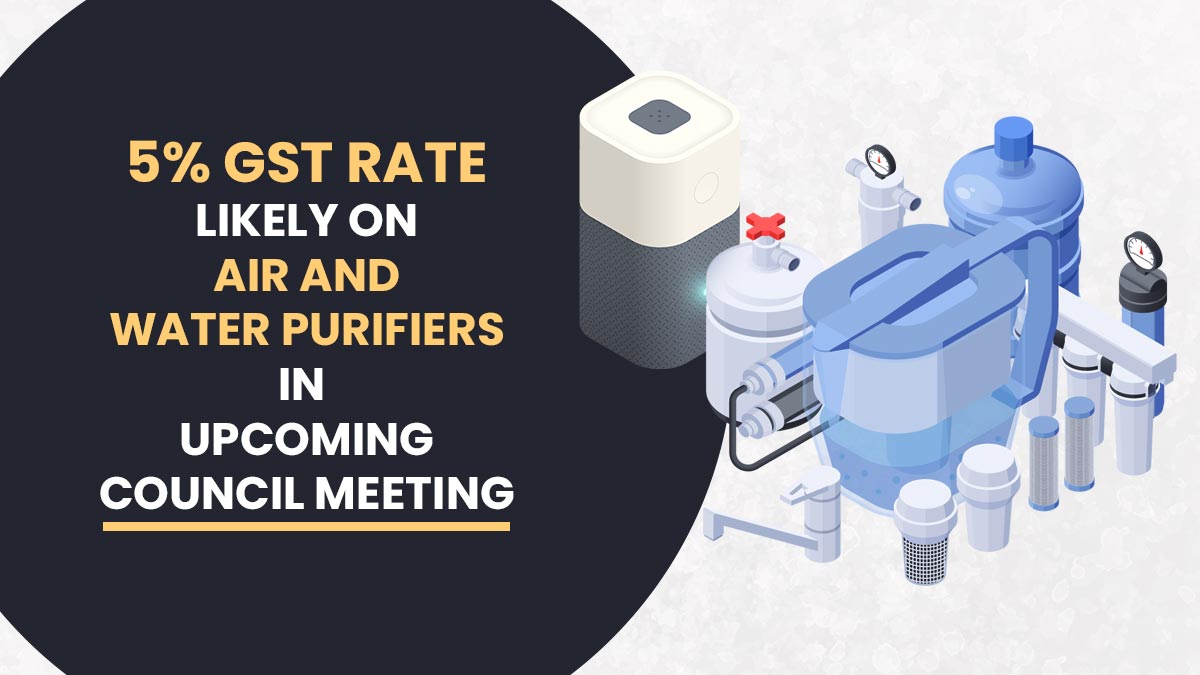

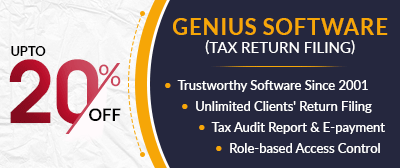
all about account surcharge